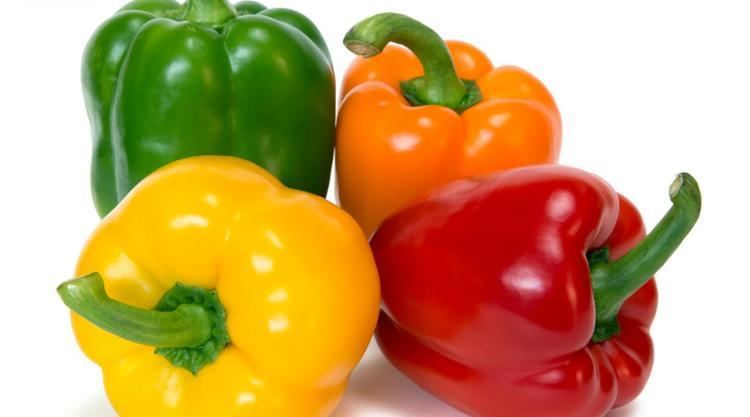Heat Mild | Cultivar Pimiento Scoville scale 100–500 SHU | |
 | ||
Similar Pimento cheese, Jalapeño, Allspice, Paprika, Olive | ||
How to make cheese pimiento recipe
A pimiento ([piˈmjento]), pimento, or cherry pepper is a variety of large, red, heart-shaped chili pepper (Capsicum annuum) that measures 3 to 4 in (7 to 10 cm) long and 2 to 3 in (5 to 7 cm) wide (medium, elongate).
Contents

The flesh of the pimiento is sweet, succulent, and more aromatic than that of the red bell pepper. Some varieties of the pimiento type are hot, including the Floral Gem and Santa Fe Grande varieties. The fruits are typically used fresh or pickled. The pimiento has one of the lowest Scoville scale ratings of any chili pepper.
Pimiento is an originally Spanish term that was added to English (a loanword). Pimento (Portuguese pronunciation: [piˈmẽtu]) or pimentão ([pimẽˈtɐ̃w]) are Portuguese words for "bell pepper". In Portugal and Portuguese-speaking Africa and Asia, pimenta refers to peppercorns and chili peppers are known as "piri piri" or malagueta, while in Brazil, pimenta ([piˈmẽtɐ]) alone conveys chili (malagueta being a particularly hot, small variety) – pimenta-do-reino (i.e. [Portuguese] Kingdom's pepper) is used to refer to peppercorns.

How to make pimiento cheese
Stuffing

"Sweet" (i.e., neither sour nor savory) pimiento peppers are the familiar red stuffing found in prepared Spanish green olives. Originally, the pimiento was hand-cut into tiny pieces, then hand-stuffed into each olive to balance out the olive's otherwise strong, salty flavor. Despite the popularity of the combination, this production method was very costly and time-intensive. In the industrial era, the cut pimiento was shot by a hydraulic pump into one end of each olive, simultaneously inserting the pimiento in the center while ejecting the pit out the other end.
More recently, for ease of production, pimientos are often puréed then formed into tiny strips, with the help of a natural gum (such as sodium alginate or guar gum). This allows olive stuffing to be mechanized, speeding the process and lowering production costs. However, guar (an annual legume mostly produced in India) may inadvertently make the olives less accessible to consumers with peanut allergies and legume allergies, as those individuals may have a reaction to the guar. This leaves sodium alginate as a more universal choice.
Other uses
Pimientos are commonly used for making pimento cheese. It is also used for making pimento loaf, a type of processed sandwich meat.
